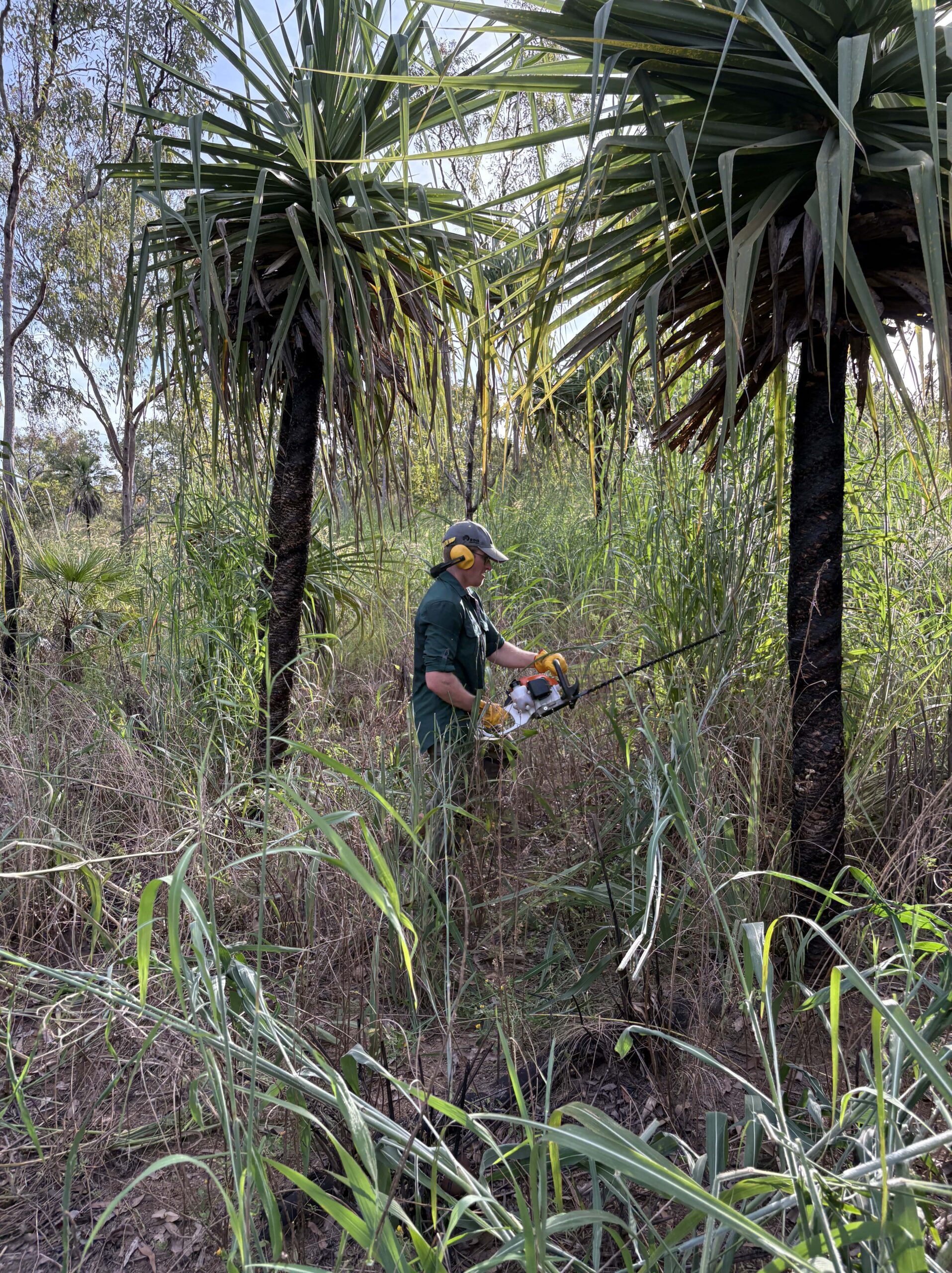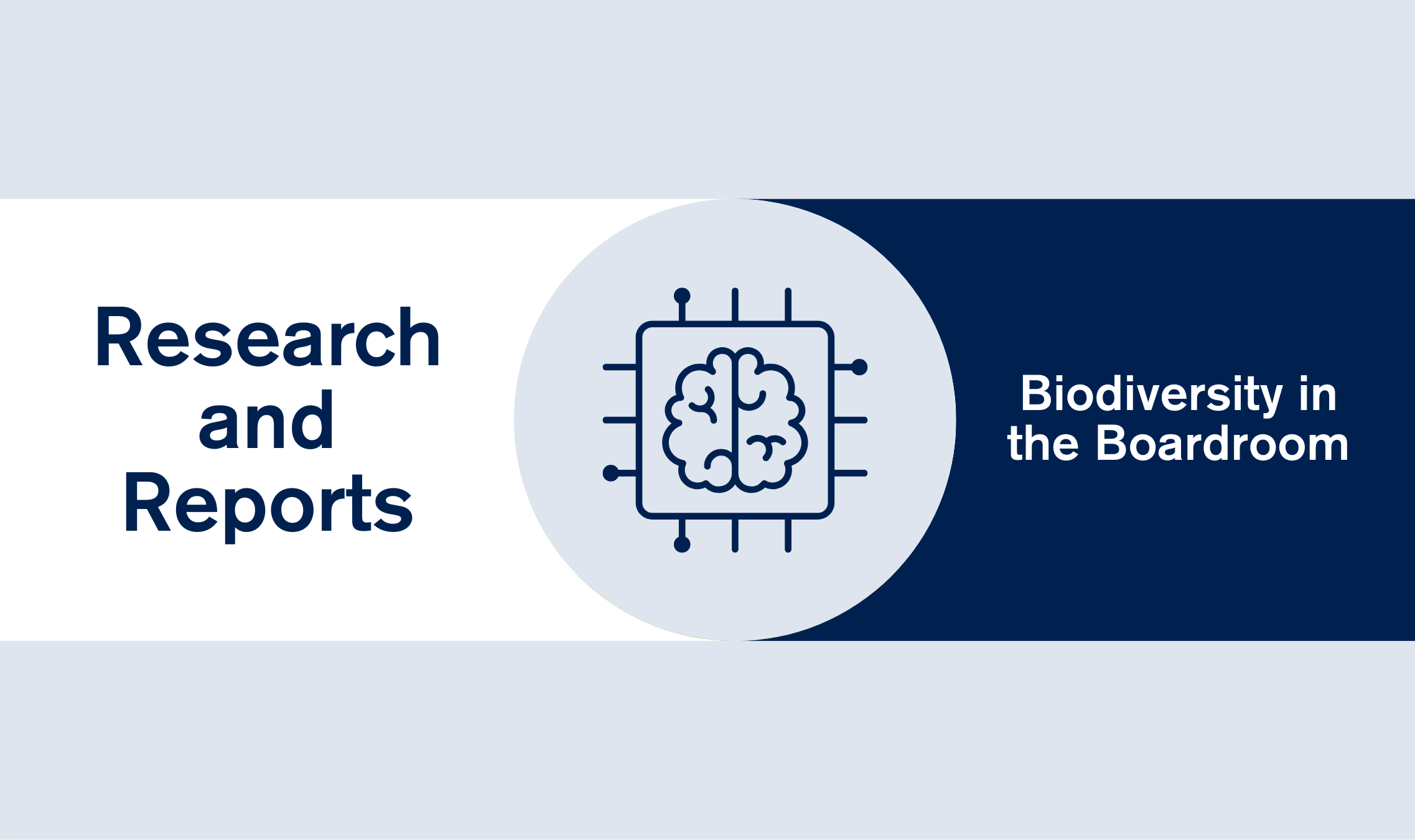Investors are turning away from ESG metrics and the shift towards an impact revolution is happening at a breakneck pace, but some companies are finding themselves in the crosshairs.
Adidas saw a significant increase in its waste generation in 2021, reporting 33,000 tonnes of waste compared to just 1,850 tonnes in the previous year. This massive increase in waste accounted for 74% of Adidas’ environmental impact, three times the sector average, leading to a dramatic fall from best-in-class to worst-in-class environmentally.
Adidas’ new disclosure creates opportunities for investors.
92% of Adidas’ waste is diverted, meaning it is recycled (+) or burned (-). Incineration is common to avoid brand dilution. Is this happening here? Why is Nike not making comparable disclosures until 2025? Why is Adidas still lagging peers in revealing water consumption and pollution data?
By looking at impact data instead of ESG data, investors have a unique opportunity to get a real understanding of a company’s impact:
First, investors can compare and contrast the disclosures of different companies to get a better understanding of their environmental impact.
Second, they can rank the environmental impacts of different companies – all of them will inevitably have some impact on biodiversity.
Finally, investors can use the information to be the most informed in management meetings and make decisions based on the best available data.
If you would like to understand more about impact measurement from traceable data and our publicly available biodiversity framework, please contact us today! Alternatively follow us on LinkedIn to stay updated on the latest insights in impact measurement and sustainability: GIST Impact: Overview | LinkedIn






